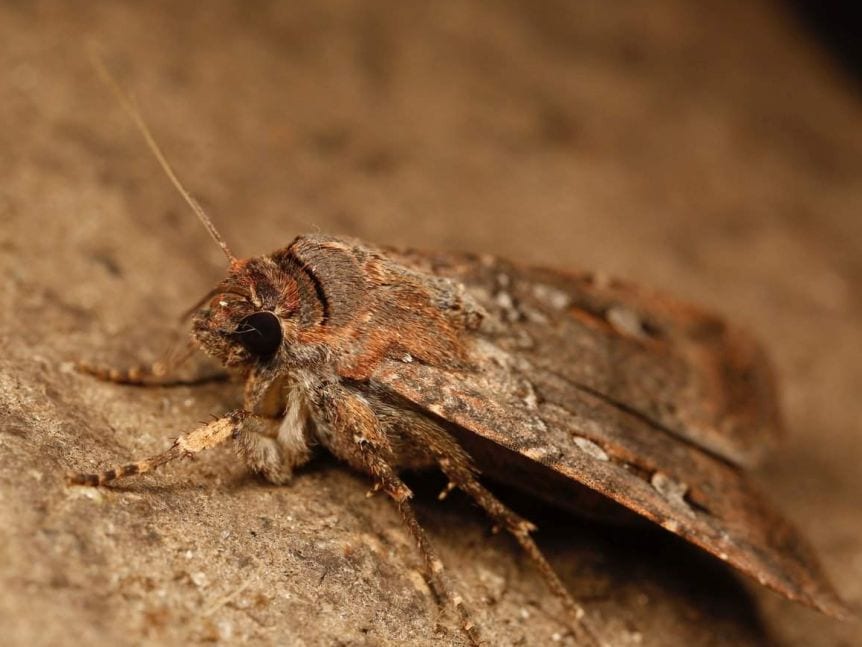Bogong moth remnant find helps to tell the story of the old people at Cloggs Cave
14 February 2021
Cloggs Cave near Buchan has been known to Gunaikurnai people for thousands of years but recently our RAP crew have been trying to understand how long ago the Old People visited the site and what they did there.
Working in partnership with the Monash Indigenous Studies Centre at Monash University, the crew discovered a small sandstone grindstone in the cave, with research showing that it was put there sometime between 1600 and 2100 years ago.
The team recently published their findings in the prestigious journal Scientific Reports.
What’s really special is that the grindstone had microscopic remains of ground and cooked Bogong moths on it, providing the first conclusive archaeological evidence of insects as a food source in Australia.
Oral histories of our ancestors eating Bogong moths have been shared for generations but no scientific evidence has been discovered before now, signalling a major gap in the archaeological history of Traditional Custodians.
Bogong moths are thought to be a good food source due to their large numbers and high-fat content. The researchers said this find indicates that Bogong moths would have been harvested, prepared and cooked by up to 65 generations of Gunaikurnai families.

Russell Mullett, head of the RAP team, says that historical records are witness to our people going to the mountains for the Bogong moths but that this project tells us that it also happened in the deeper past. “Because our people no longer travel to the mountains for Bogong moth festivals, the oral histories aren’t shared anymore, it’s a lost tradition.”
“The world has become a different place, but for 2,000 years this grindstone has been sitting idle with a story to tell. A single artefact has sparked the rebirth of knowledge that helps to tell the story of our people.”
Bogong moths
Each spring (September), Bogong moths migrate south over 1000 km from Queensland. Travelling at night, the moths’ journey lasts many days, arriving in the mountains to the north of Buchan where, over the spring and summer months of late September–March, they lie resting (‘aestivate’) in the hundreds of thousands among the protected rocky outcrops. It is during these times that the Old People gathered the moths for food.
A portable food grinder
The grindstone is small, light and portable. Under the microscope, specialists studied the marks left on the grindstone when it was used. The repeated mechanical action of grinding pushed residues into the microscopic holes in the grindstone’s surfaces, where they became trapped. Large amounts of animal and plant residues were found on the Cloggs Cave grindstone, as well as some minerals.
Read the full media release here.




